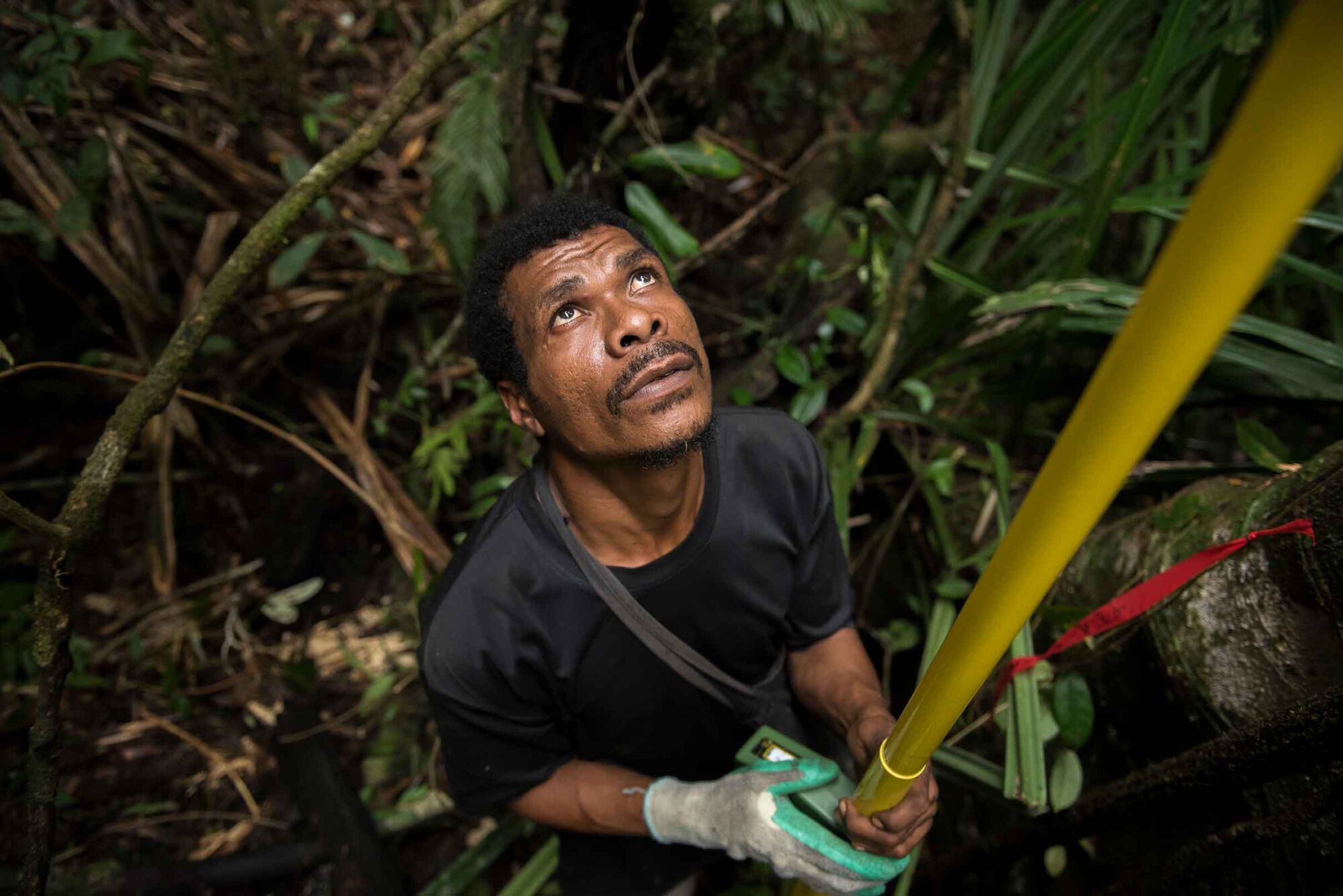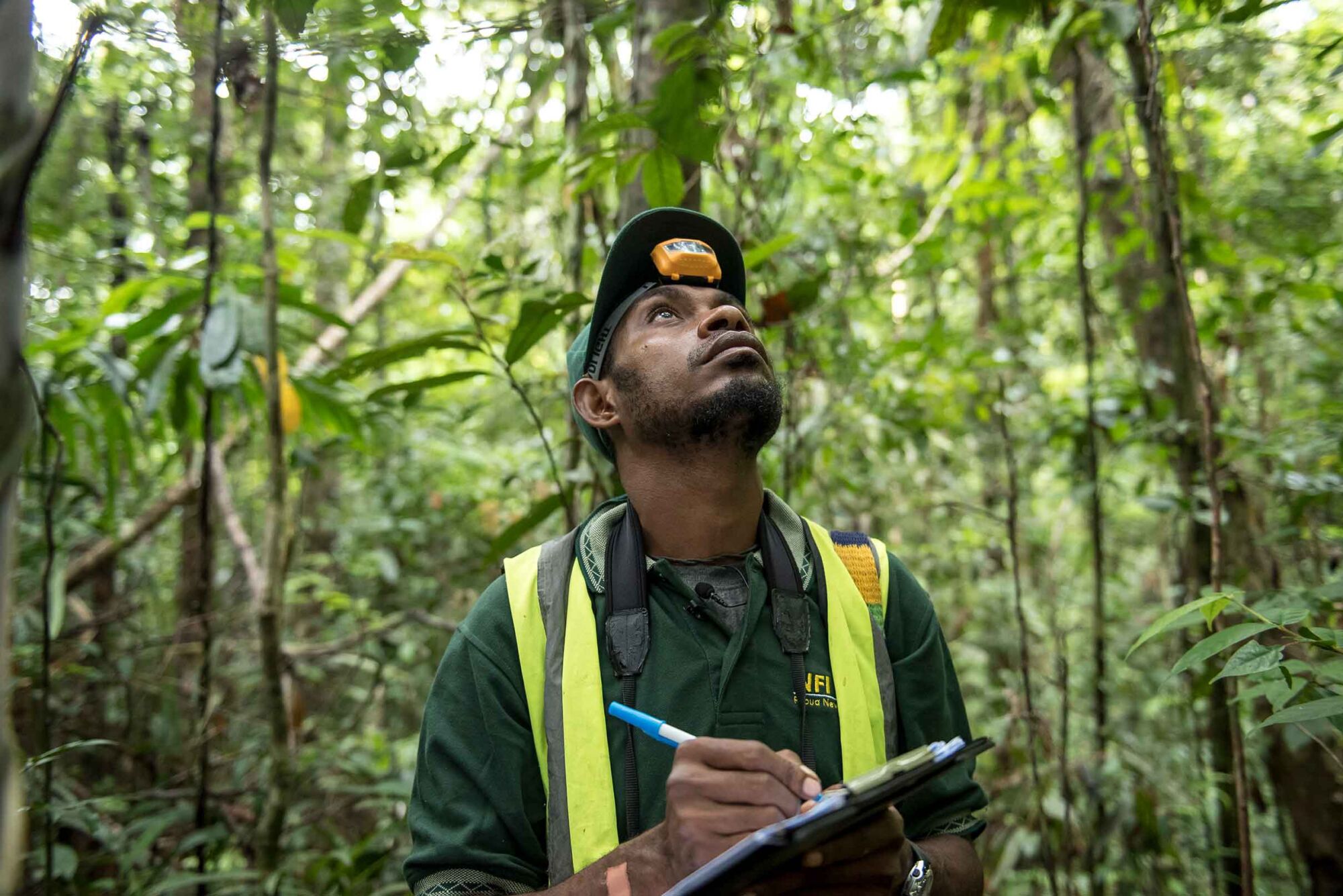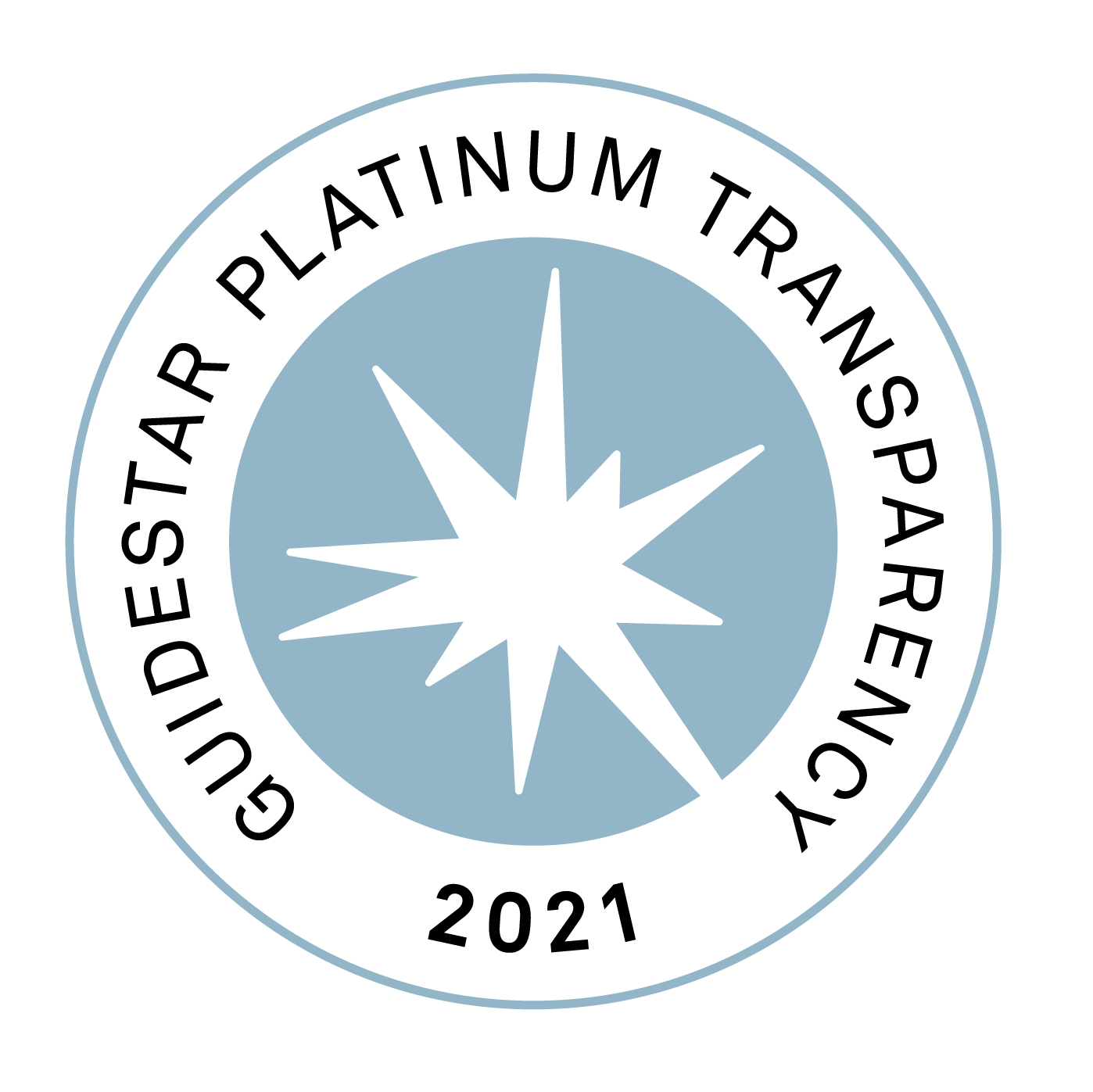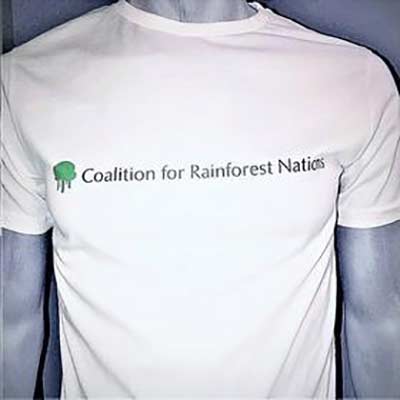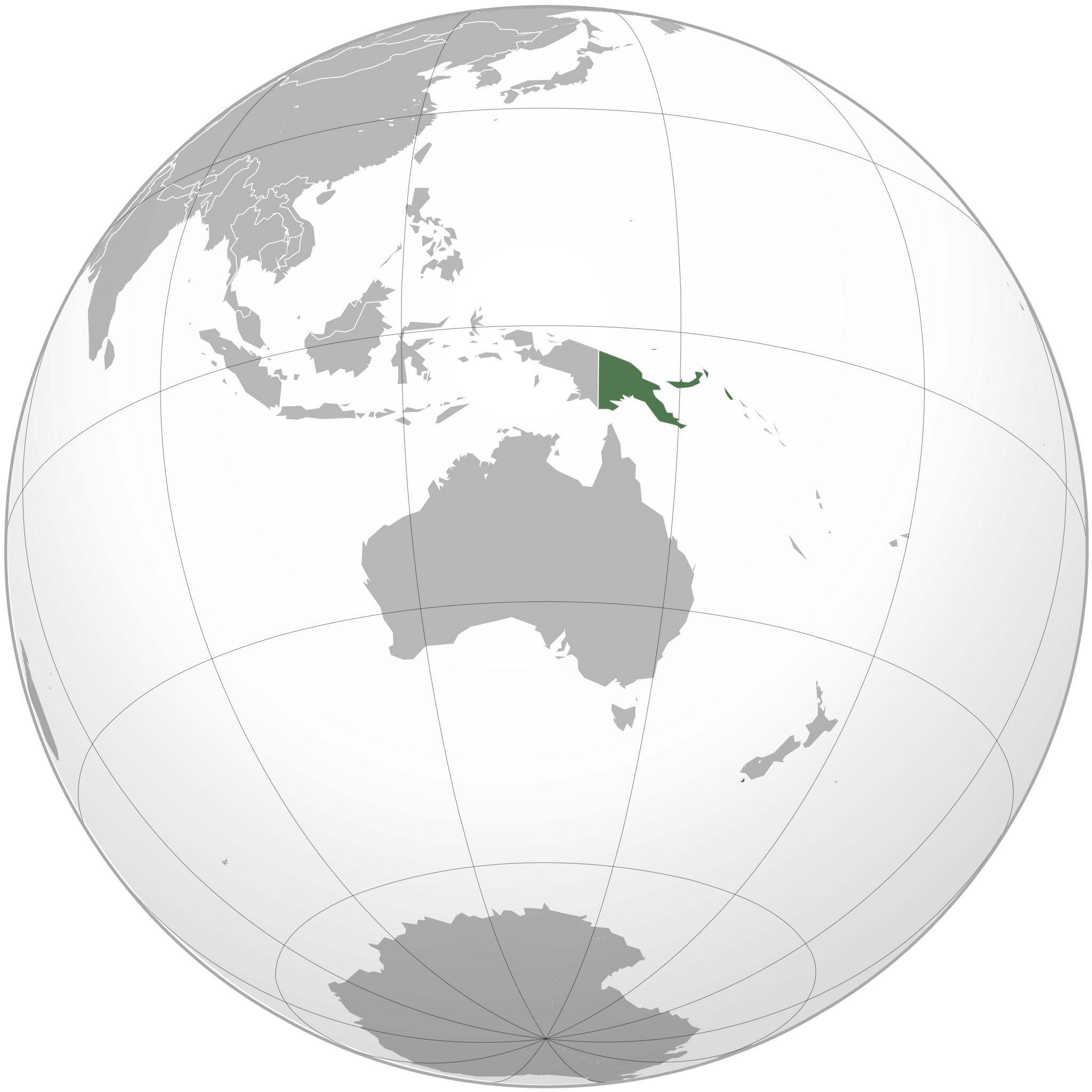
Papua New Guinea
Papua New Guinea (PNG) is a member of the Coalition for Rainforest Nations. Occupying a territory about twice the size of California, PNG is a nation of 9 million people who retain customary ownership of almost all of the land. PNG holds 6-7% of the world’s biodiversity within its land mass. Located in the Indonesian archipelago, just north of Australia, its rainforests are one of the last five remaining mega forests on Earth.
Country Statistics
Along with Costa Rica, PNG was one of the first nations to champion the United Nations Framework Convention on Climate Change (UNFCCC’s) Reducing Emissions from Deforestation and Forest Degradation (REDD+ mechanism). As a result of its forest preservation actions, PNG was the first nation to issue ‘sovereign’ national scale credits under REDD+. It has issued 9 million sovereign carbon credits, and more will follow. PNG has placed a moratorium on voluntary REDD+ carbon credits that are not issued under the UNFCCC REDD+ mechanism.
Background
Papua New Guinea is richly forested, with 77% forest cover. PNG’s forests store high levels of carbon, and harbor exceptional biodiversity. They provide resources and livelihoods for rural populations and regulate rainfall. They serve as the “earth’s lungs,” absorbing carbon and mitigating climate change at the national, regional, and global scale. Thanks to strong government action implemented at national scale, the nation has succeeded in reducing forest related greenhouse gas emissions by fifty-five percent from 2015 to 2020.
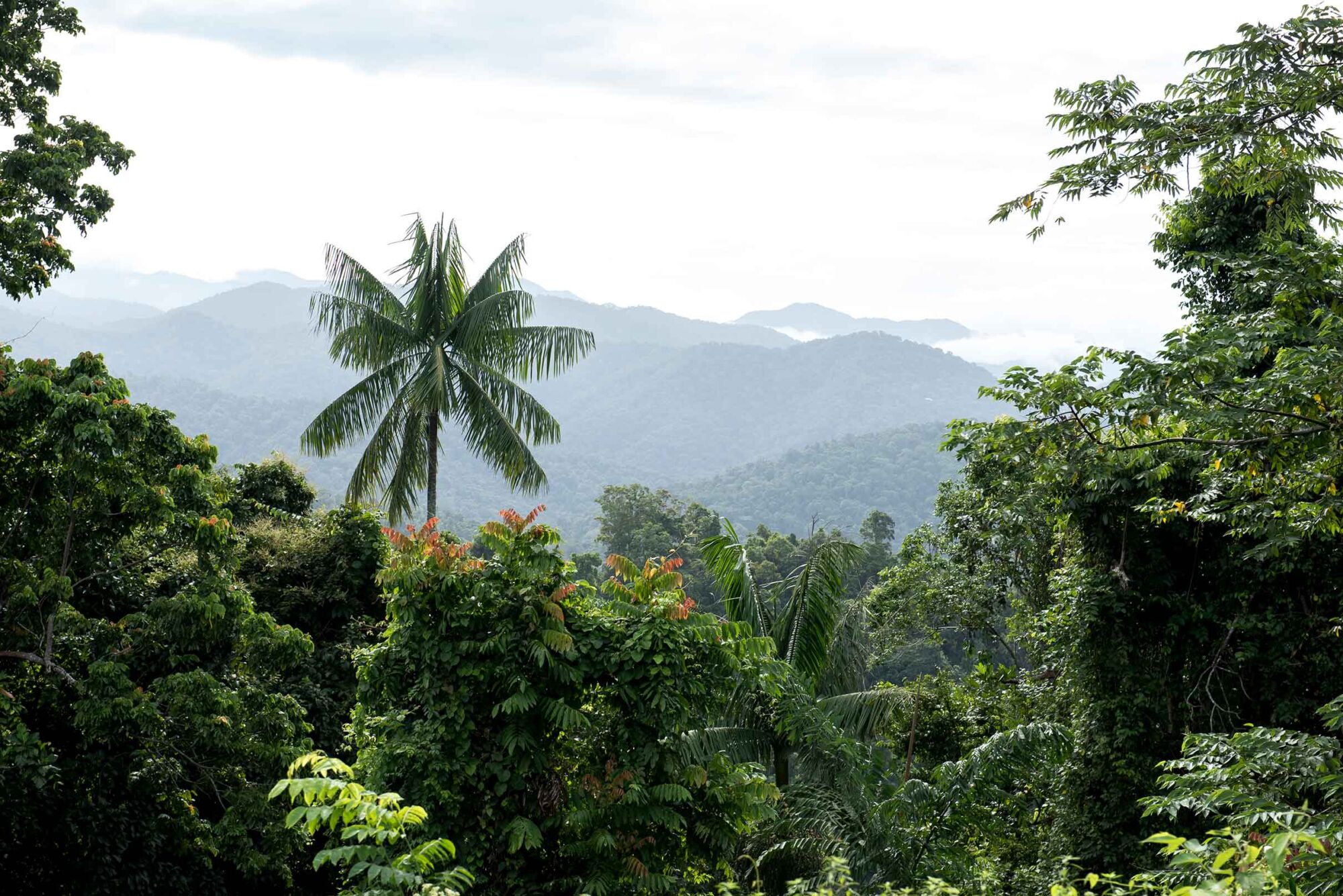
Government Action
PNG Helped Found REDD+
REDD+ stands for Reversing Emissions from Deforestation and Forest Degradation. The Government of Papua New Guinea has demonstrated strong leadership and decisive action to protect its forests from threats, such as commercial logging. Along with Costa Rica the government of PNG, led by the late Sir Michael Somare, its four-time prime minister, drove the foundation of the REDD+ mechanism. Papua New Guinea led negotiations at COP21 in Paris to enshrine REDD+ in Article 5 of what has since become the Paris Agreement, in 2005. Since then, REDD+ has been a significant factor helping institutionalize climate change mitigation in national policy.
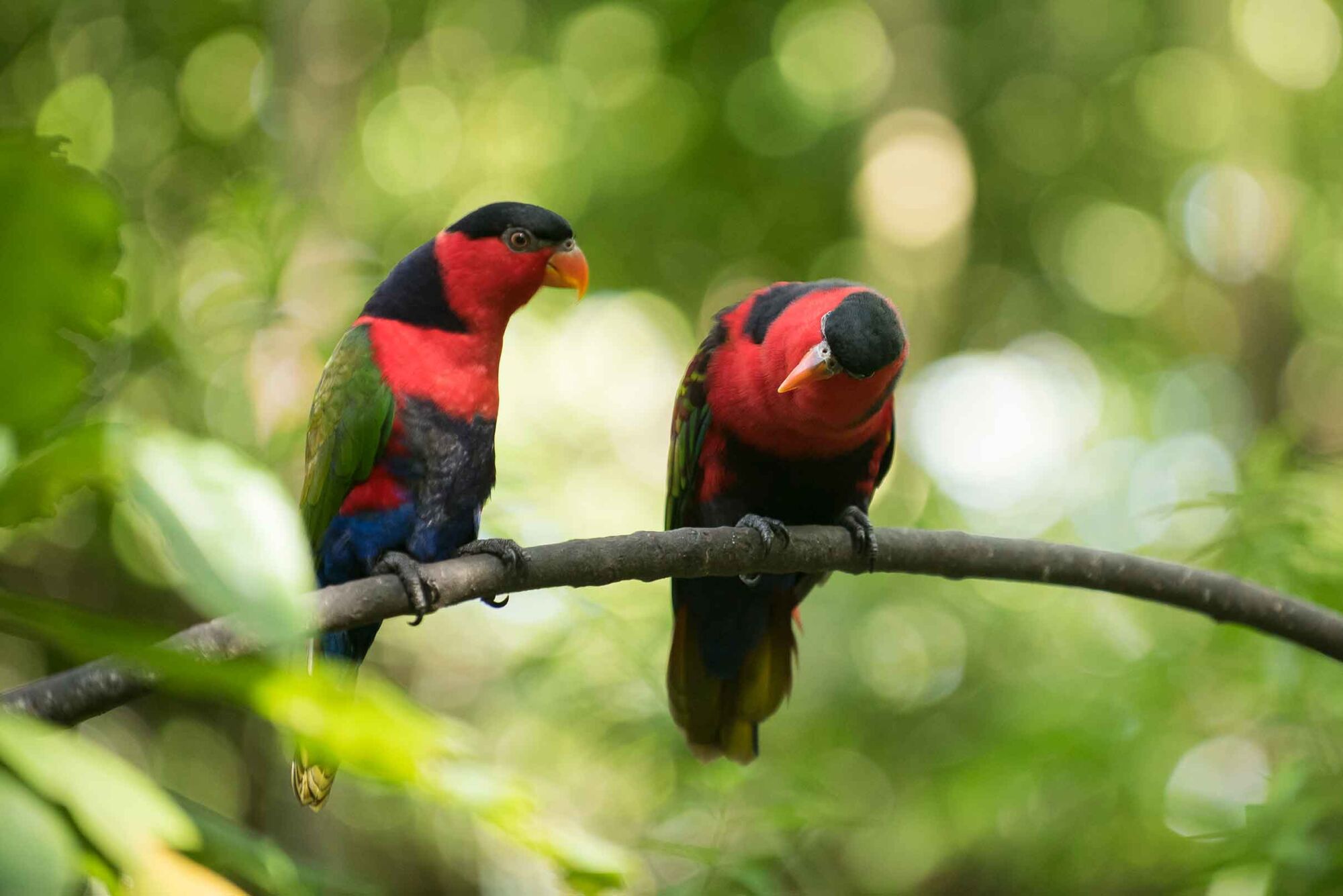
How PNG is Protecting its Forests
As a signatory of the Paris Agreement, Papua New Guinea has begun winning its battle to reverse deforestation at national level. In 2015, after fifteen years of ambitious national policies and concerted government action, PNG’s efforts to halt and reverse deforestation paid off. Since Papua New Guinea’s commitment to the Paris Agreement, the government has acted to reduce emissions and conserve its forest by outlawing new logging concessions (2021) and introduced a ban on round log exports, starting in 2024. From 2015 to 2020, its forest-related greenhouse gas emissions have declined fifty-five percent.
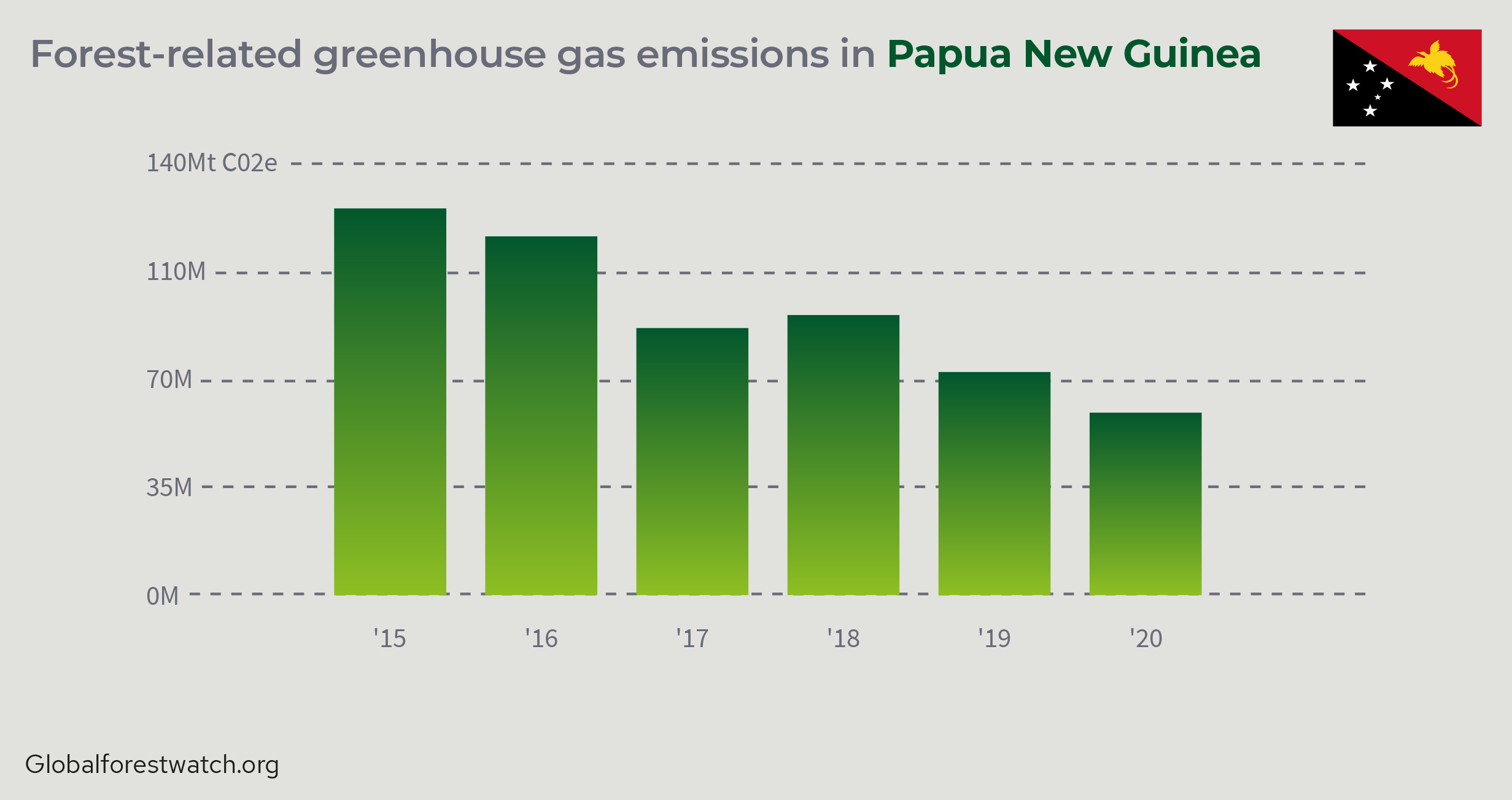
Remarkable Biodiversity
Papua New Guinea lies on the northern edge of the Australian tectonic plate, and its flora and fauna are more like those of Australia than the rest of tropical Asia, thanks to a deep undersea rift that runs to the West of New Guinea, between the islands of Bali and Lombok. The rift acts as water barrier deep enough to prevent species from swimming over from Borneo, Java, Sumatra, or the Southeast Asian mainland. While Asia has monkeys and elephants, Papua New Guinea has tree kangaroos, spiny anteaters, and 39 varieties of the world’s 42 varieties of birds of paradise. Perhaps not surprisingly, the bird of paradise is PNG’s national bird. Its largest animal is the flightless cassowary.
Papua New Guinea’s forests are among the most naturally rich and biodiverse of any in the world. PNG boasts 7 distinct forest types, including marshes, savannah, and a treeless Alpine zone. Its forests are home to 11,000 to 20,000 plant species. It is a fern champion, with over 30% of the world’s species of ferns. And it is replete with orchids – 2,850 species of them – roughly 80% of which are not found elsewhere.
A remarkable 6-7% of the world’s biodiversity is contained in PNG’s 1% of the world’s land mass. PNG’s lowland forests have been ranked among the world’s most ecologically distinctive forest regions and its montane forests are globally significant for their regional scarcity and levels of endemicity, meaning species that only occur in that region.
Collectively, the country’s forests contain some 191 species of mammal (of which over 80% are endemic), 750 bird species (of which over 50% are endemic), 300 species of reptile, and 197 species of amphibians.
Tree Kangaroo
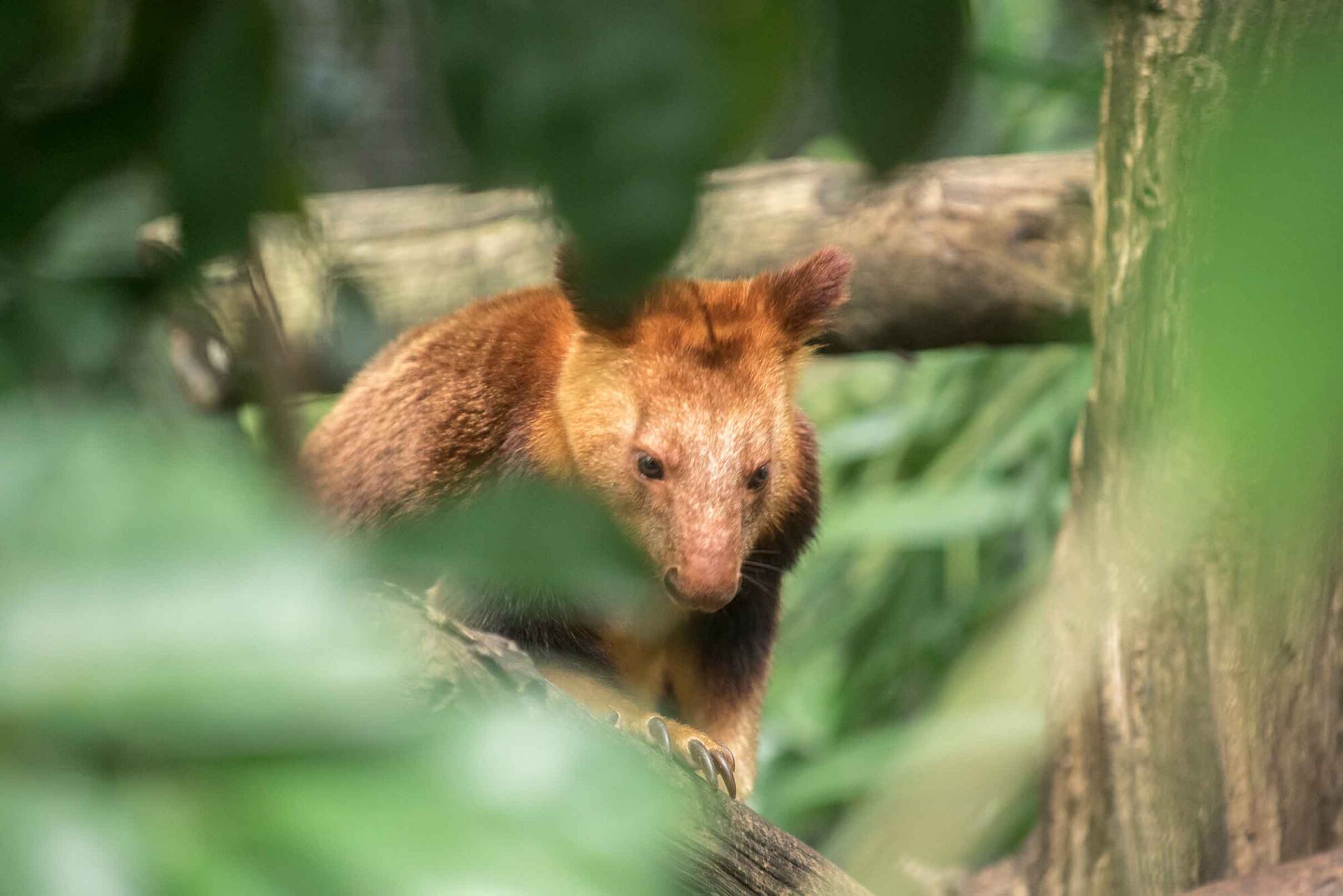

Green tree python

Black-spotted cuscus
Culture, People, and Economy
The forest is a rich natural resource base that has been at the center of Papua New Guinea’s culture and its economy for generations. People retain customary ownership of almost all of the land. Tribes have relied on the wealth of nature in their lands to drive their livelihoods. Their identities are rooted in the forests, which are full of sacred sites, ancestor spirits, and almost everything people traditionally needed to live. The importance of the natural world is reflected in the country’s linguistic and cultural diversity. Partly because of tribal territories within forests, there are over 800 languages spoken in PNG. These cultural relationships are changing as the population grows, becomes more urbanized, and transitions to a more global and cash-based system.
Threats to the Forest
Extensive logging that has occurred since the 1970s has impacted huge areas of forest, as has farming. The expansion of mining and natural gas developments, the growth of urban areas, and agriculture is increasingly putting pressure on PNG’s precious natural resources.

Country Statistics
Our Work
The Coalition for Rainforest Nations (CfRN) has partnered with Papua New Guinea on its journey to end deforestation, supporting Papua New Guinea’s participation in the UNFCCC’s Reducing Emissions from Deforestation and Forest Degradation (REDD+) mechanism. CfRN’s experts have assisted Papua New Guinea through in-country human capital building to prepare greenhouse gas inventories and report the results of its national emissions reductions and removals from its rainforests to the UNFCCC.
These actions have borne fruit. Papua New Guinea has come to market with an offering of 9 million tons of sovereign carbon credits, based on its emissions reductions achieved under the REDD+ mechanism (2013-2014).
Under REDD+, sovereign governments decide how proceeds from sales of forest credits will be used. Papua New Guinea’s credits are earmarked for forest preservation and to help create sustainable jobs for its people. CfRN salutes Papua New Guinea for its actions and for showing the way forward for other CfRN member countries, on rainforest conservation. Through the issuance of REDD+ sovereign credits, Papua New Guinea and other CfRN member countries are helping to make forests worth more standing than felled.
